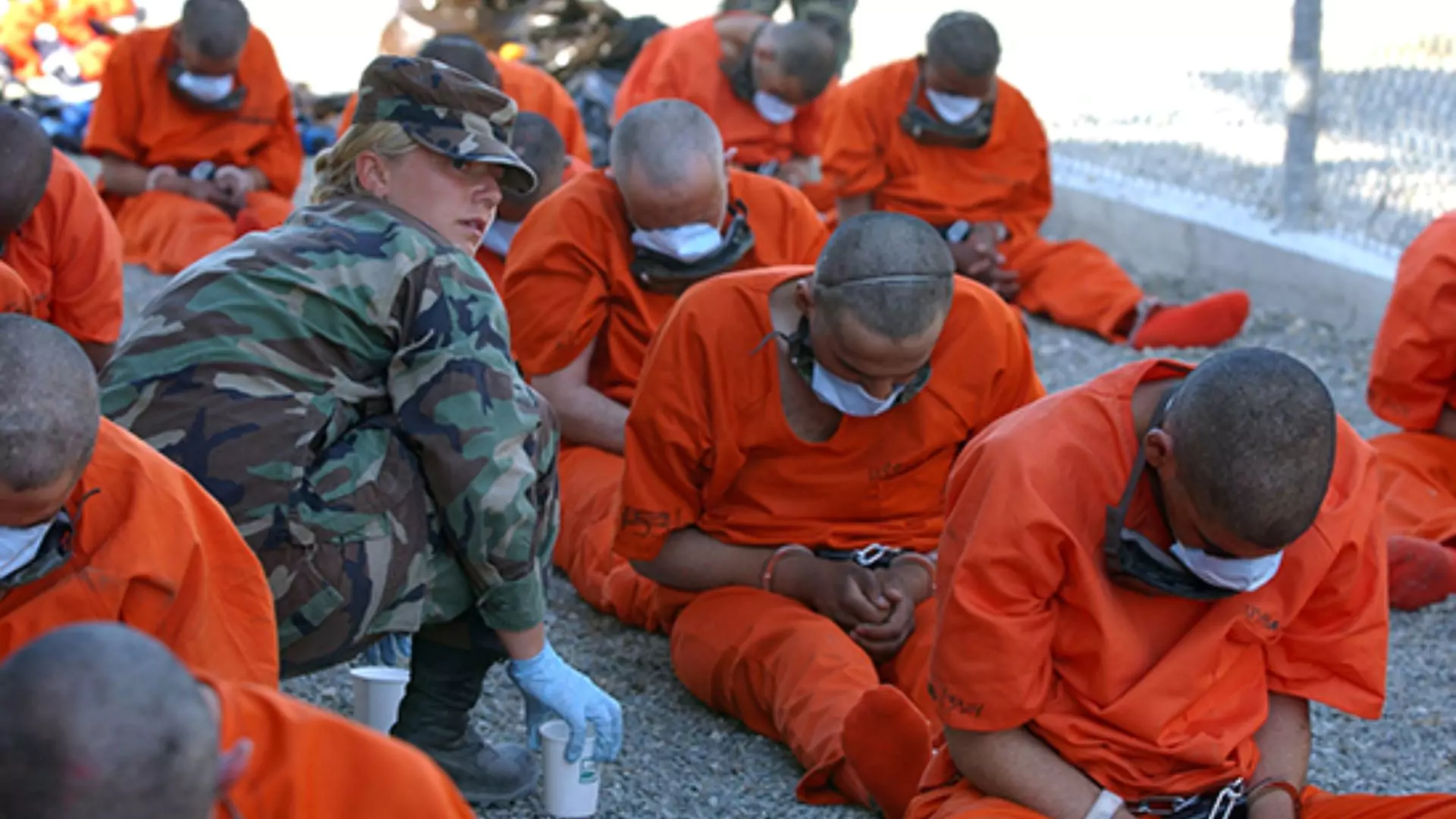President Donald Trump has authorized the creation of a detention facility at Guantánamo Bay designed to accommodate up to 30,000 undocumented migrants. This decision follows the enactment of the Laken Riley Act, a law which mandates the detention of unauthorized immigrants accused of theft and violent crimes. The facility, located on the U.S. naval base in Cuba, has long been a site of international scrutiny for its role in housing terrorism suspects.
Guantánamo Bay: History of Controversy
Guantánamo Bay has a complicated history, having been used by the U.S. government since 2002 to detain individuals suspected of ties to terrorist organizations such as the Taliban, al-Qaeda, and other militant groups. Initially established to hold detainees captured during the War on Terror, the facility has been criticized for its use of indefinite detention and alleged human rights abuses. Despite the release or transfer of some detainees, the facility remains a symbol of controversial practices in the U.S. government’s fight against terrorism.
The Origins of Guantánamo Bay
The story of Guantánamo Bay dates back over a century, beginning with the Spanish-American War. Prior to 1898, Cuba was a colony of Spain, but as Spain’s empire weakened, Cubans fought for independence. The U.S. intervened to support Cuba, and although the war shifted its focus to the Philippines, the sinking of the USS Maine near Cuba prompted American military involvement. Following the conclusion of the war, Spain ceded control of Cuba to the U.S. among other territories. However, this transition to independence was not unconditional; under the Platt Amendment, Cuba’s new government was required to lease or sell certain territories to the United States.
Guantánamo Under Fidel Castro
The situation surrounding Guantánamo became contentious during Fidel Castro’s rise to power in the 1950s. Castro briefly threatened to expel the U.S. Navy from the base, which could have led to a military confrontation. Although Castro expressed dissatisfaction with the U.S. presence, including actions such as cutting off the water supply in 1964, the lease remained in place. Despite Castro’s objections, the U.S. continued to maintain its military presence at the base, building its own utilities when needed.
Guantánamo gained renewed attention in the 1990s when it was transformed into a refugee camp. In 1991, following a coup d’état in Haiti, the U.S. became the destination for thousands of Haitian refugees fleeing by sea. Guantánamo Bay was chosen as the site to house these refugees while the U.S. government determined their future. By 1994, as political unrest continued, the camp housed more than 20,000 Haitians and 30,000 Cubans seeking asylum. The refugee camp remained operational until 1999 when the U.S. agreed to temporarily house 20,000 refugees from the Balkans before the plan was ultimately abandoned.
Guantánamo Bay’s Role in the War on Terror
The facility’s transformation into a site for detaining suspected terrorists was formalized shortly after the 9/11 attacks. As the War on Terror escalated, the U.S. government decided to use Guantánamo Bay to hold suspected al-Qaeda members and other detainees. The status of these detainees quickly became a subject of global debate, raising concerns over the lack of trial and the conditions of detention. The decision to detain suspected terrorists at Guantánamo Bay only intensified scrutiny on the facility and its practices.
Also Read: 30,000 Beds To Detain Migrants: Trump To Build Mass Detention Camp At Guantánamo Bay





















